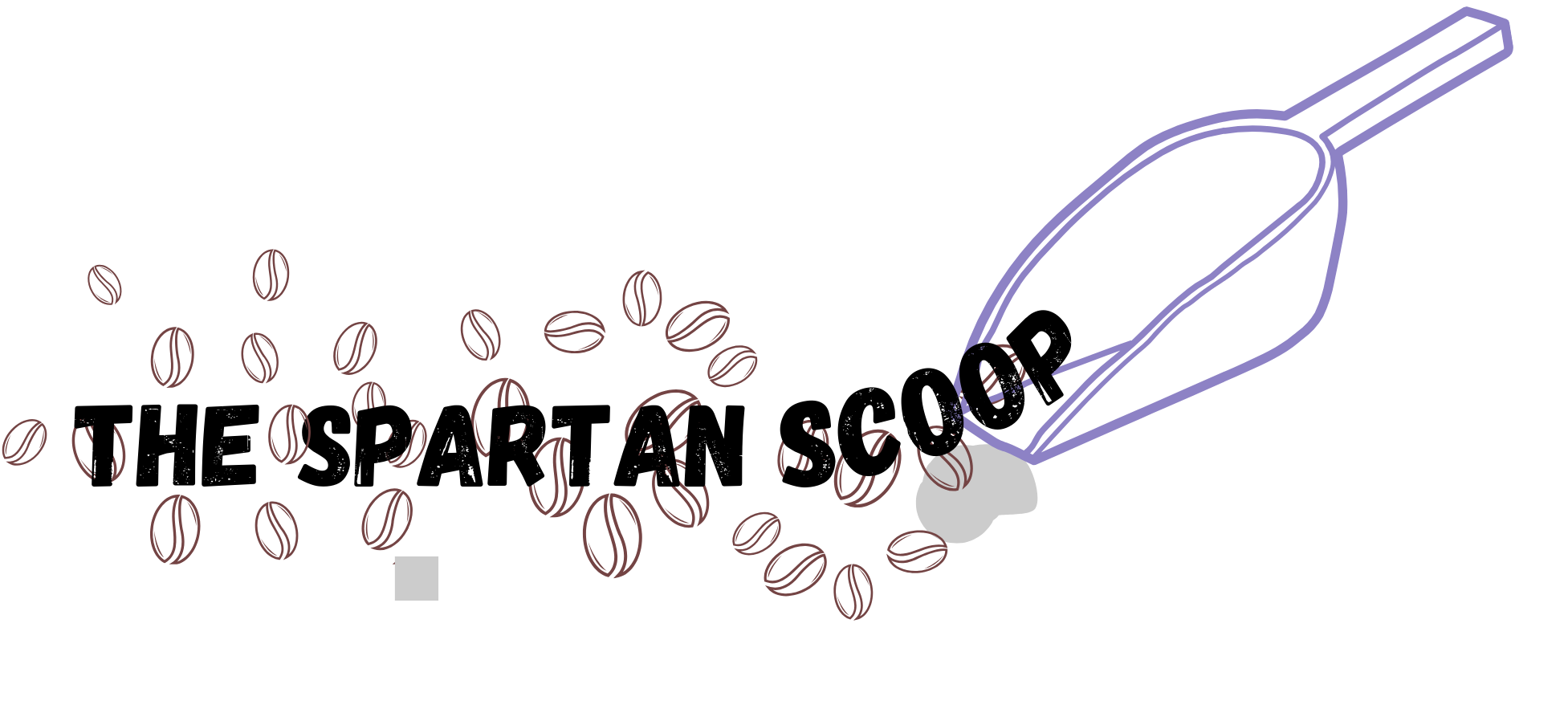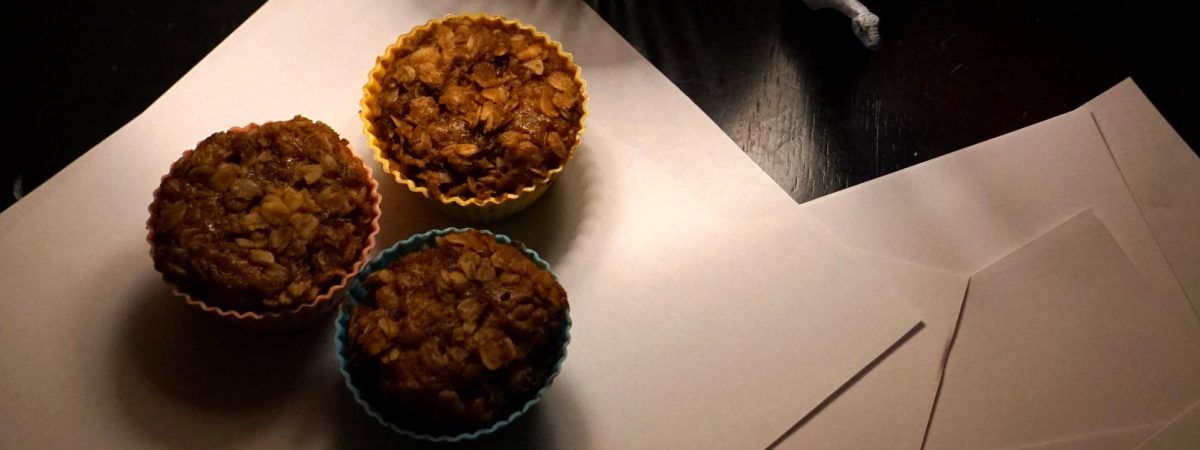Scientists have recently domesticated a relative of annual wheat called Kernza grain. It is a multi-functional crop as well as a perennial, meaning it doesn’t need to be replanted each year which saves time and money that is currently used to till and seed farmland. It can be used in flour for breads, cereals, and various snack foods.
The Land Institute, a non-profit organization working on improving agricultural sustainability, was founded in 1976 by Wes Jackson in order to support research on earth-friendly food alternatives. They were the first to develop and grow Kernza providing consistent updates and coverage on where to find it. For the last 10 years, scientists and farmers have been transforming it from a grain used to feed cattle into a useful and healthy grain for human consumption.
Since then, they have spread Kernza to over 110 locations and it is being used by food companies all over the country. The speed with which it grew from an unknown into a highly used crop is astounding. It’s grown on 3,979 acres of land as of today, which, while being a much smaller industry than regular wheat, is almost twice as much as this time a year ago.
For the last five years, the popularity and use of Kernza has been slowly increasing and expanding; however, few people know anything about what it is or why we use it.
Kernza is high in protein and fiber (almost eight times as much as wheat). It is able to grow roots over 10 feet into the soil which allows it to draw down carbon dioxide from the atmosphere and sequester it in the soil as well as hold the soil in place during periods of flash flooding to prevent soil erosion. It is also highly resilient to drought and heat waves making it a more stable source of energy.
Its biggest benefits though are the way it promotes biodiversity and increases ecosystem nutrient retention. What this means is that instead of using pesticides to kill the microorganisms in the soil, Kernza can grow along with them and utilize the benefits they bring to soil health. Microorganisms are one of the most important and commonly overlooked factors of healthy soil. In order to break down correctly and provide nutrients soil must house microorganisms and other organic materials. Life such as fungi, archaea, and bacteria are imperative for strong soil and therefore healthy food.
The process of carbon sequestration is one that current agriculture methods don’t allow for. Sequestration is the process of a plant drawing in carbon from the air and using it to grow. When the plant dies its roots stay lodged in the ground and break down leaving the carbon in the soil instead of the air. Tilling land causes the soil to be disrupted and displaced; It releases the carbon from the decomposed plants and microorganisms into the air and destroys soil health. Wheat farming releases 1032 kg/ha otherwise written as 1032 kg/ 100 acres. That’s 13 times more carbon than Kernza emits.
Overall the U.S. spends incredible amounts of space and money on our agriculture but doesn’t often implement new solutions provided. If we started to use natural fertilizer, sustainable crops such as perennials, and embraced the diversity of life in our soil we could transform the agriculture world.
In short, buying a different type of flour won’t revolutionize climate change and fix all of our problems but it could lead to healthier practices and a more sustainable environment.
The main argument against Kernza is that while it grows well it only yields 1 ⁄ 3 the amount of usable resources that regular wheat does. This can dissuade people from wanting to invest in growing and harvesting it. The agriculture business as it is now motivates farmers to grow the highest revenue crops and avoid crops that require a change in machinery and growing procedure.
Because of this, we will likely not be able to expand the Kernza economy until further research and motivators have been uncovered. By spreading information about Kernza and its possibilities for the future, scientists can aim to inspire farmers to increase Kernza’s projected growth rate.
Almost every day scientists are coming up with innovative, and sustainable solutions to the problems that haunt our shadows. We have renewable energy, new food sources, and protected ecosystems. It’s critical that we work together to support and learn about the healthy options and ways in which we can shift our daily habits to better the world around us. Hopefully, we can grow with time for not only ourselves but our environment and life around us. And all that starts with food.
This will be a series published with the aim of encouraging home cooking and dispelling food myths that surround our agriculture business. The hope is that we can move into the future without fear of the rapid changes approaching our society through an understanding of the world around us.
Apple crunch muffins
Ingredients:
- 1 cup shredded apple
- 1 cup shredded zucchini
- 3 large eggs
- ⅓ cup vegetable oil
- ⅓ cup applesauce
- ⅓ cup Greek yogurt
- ½ cup granulated sugar
- ½ Tbsp Vanilla extract
- 1 ½ cup Cascade Farms Kernza flour
- 1 Tbsp cinnamon
- ¾ Tsp Nutmeg
- ¾ Tsp baking soda
- ¾ Tsp baking powder
- ½ cup diced apple (optional)
For the crumble:
- ½ cup whole oats
- ½ cup brown sugar
- ½ Cascade Farms Kernza flour
- ¼ cup melted butter
Instructions:
- Preheat the oven to 350 F and grease your muffin tin.
- Stir together the apple, zucchini, eggs, oil, applesauce, yogurt, sugar, and vanilla in a large bowl until they are well blended.
- Slowly mix in the flour, baking powder, baking soda, cinnamon, and nutmeg completely so that no flour is left on top and then add the apple chunks. Fold in the apple making sure not to overmix.
- In a separate bowl, mix together the oats, brown sugar, and flour. Then pour in the butter as you stir the oat mixture with a fork. Continue to stir until it is consistent throughout.
- Pour into your muffin tins about halfway and top with a spoonful of crumble. Bake at 350 for 20-25 minutes.
- Let them cool for 5-10 minutes before you remove them from the muffin tin and then leave them on a cooling rack.
- Enjoy!
*Note: yields 12 muffins*
Inform · Connect · Entertain
Inform · Connect · Entertain
Inform · Connect · Entertain









